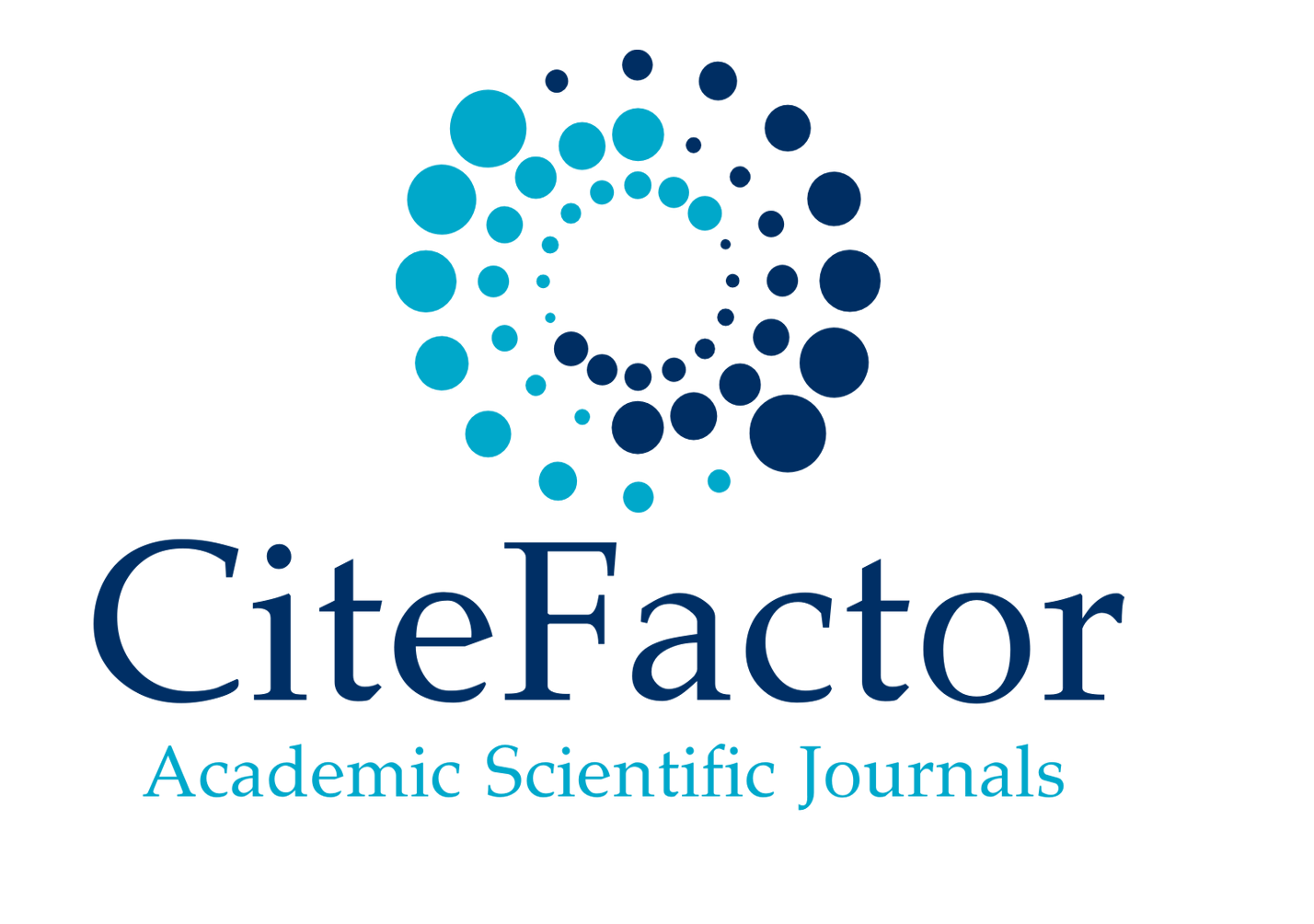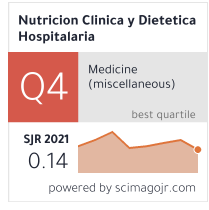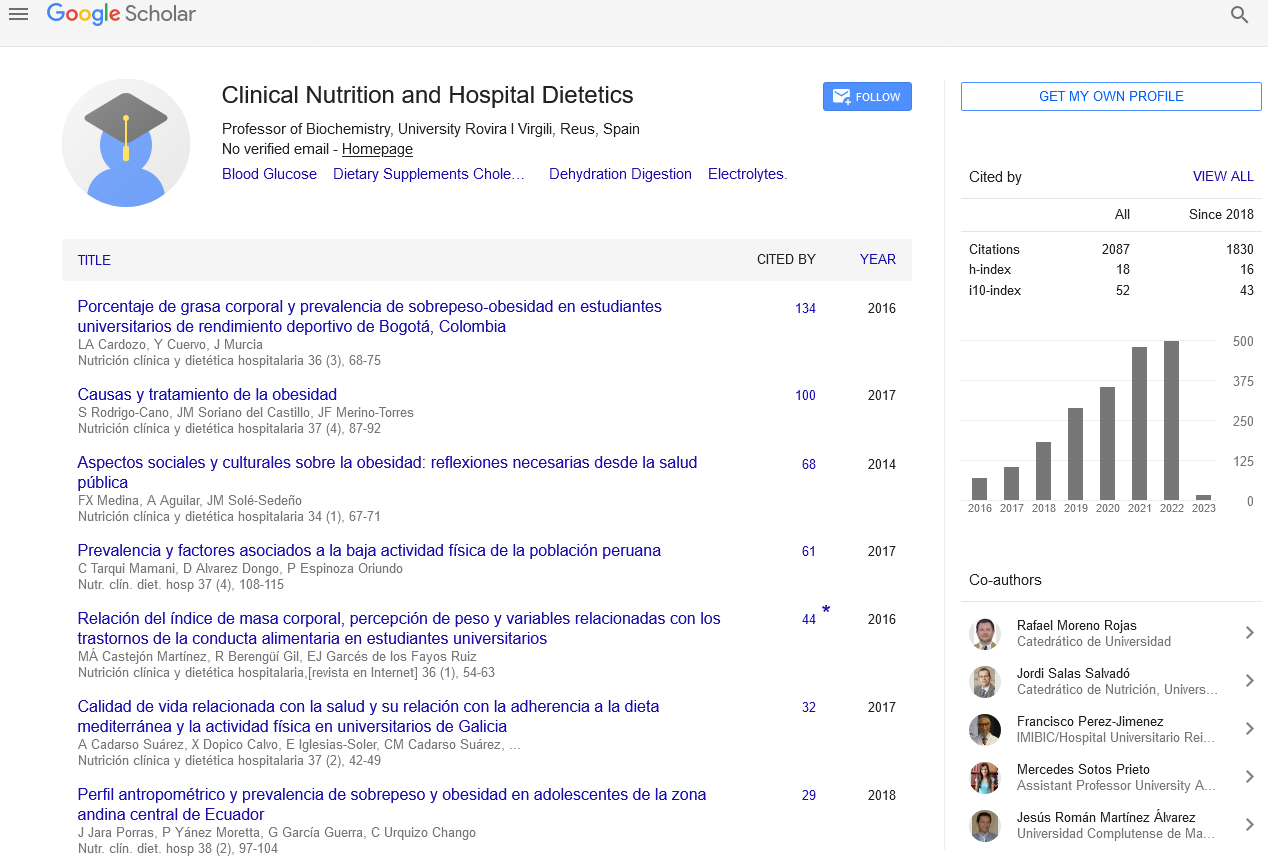Abstract
Socio-Demographic Profile and Food Consumption of Hypertensive Pregnant Women
Author(s): Müssnich, Daniela1; Scherer Adami, Fernanda2; Carreno, Ioná3; Neri Fernández Pombo, Carmem4; Rufatto Conde, Simara5; Lorenzo Carpente, Marta6; Albuquerque Silva, Paola Frassinete de Oliveira; Elineuza da Silva, Jacqueline
Introduction: Hypertension in pregnancy is considered a public health problem and several factors are involved in its occurrence, such as those related to sociodemographic, dietary conditions and nutritional status.
Objective: To determine and relate the sociodemographic, clinical profile and nutritional status of hypertensive pregnant women with dietary intake.
Methods: This is a cross-sectional and quantitative survey with data collected from 96 charts of hypertensive pregnant women attended at a High Risk Pregnancy Clinic in the interior of Rio Grande do Sul, during the period 2014 to 2016. Sociodemographic data, clinical status, nutritional status, and dietary intake, which were evaluated from the 24-hour food recall. Statistical analysis of the data was performed using the Statistical Package for the Social Sciences (SPSS), version 22.0, considering a maximum significance level of 5% (p≤0.05).
Results: Most of the pregnant women attended were aged between 30 and 39 years (47.4%), white (86%), with high school (52.6%), married (89.5%) and paid work activity (36.9%), followed up in the second trimester of gestation (56.3%) and with obesity (87.5%). Carbohydrate and sodium had a significantly higher intake and calcium and potassium, significantly lower than recommended, while protein and lipid met the recommendation.
Discussion: The age range of pregnant women and sodium intake above the recommended level may have contributed to the diagnosis of gestational hypertension. While the pre-gestational nutritional status of obesity, which also configures gestational risk factor, appears to be a result of carbohydrate consumption above the recommended level. There was no relationship between blood pressure values and sodium consumption, possibly because the patients were already medicated for this purpose.
Conclusion: Most of the pregnant women were in the age range risk, were of the white ethnicity, with full secondary education, married or in a stable union, started the nutritional monitoring in the second trimester of gestation and was diagnosed with pre-nutritional status of obesity. There was no significant association between age, ethnicity, marital status, schooling and work activity with nutritional status. The consumption of carbohydrate and sodium was significantly higher, and calcium and potassium significantly lower than that recommended.
Google Scholar citation report
Citations : 2439
Clinical Nutrition and Hospital Dietetics received 2439 citations as per google scholar report
Indexed In
- Google Scholar
- Open J Gate
- Genamics JournalSeek
- Academic Keys
- JournalTOCs
- ResearchBible
- SCOPUS
- Ulrich's Periodicals Directory
- Access to Global Online Research in Agriculture (AGORA)
- Electronic Journals Library
- RefSeek
- Hamdard University
- EBSCO A-Z
- OCLC- WorldCat
- SWB online catalog
- Virtual Library of Biology (vifabio)
- Publons
- MIAR
- Geneva Foundation for Medical Education and Research
- Euro Pub
- Web of Science
Journal Highlights
- Blood Glucose
- Dietary Supplements
- Cholesterol, Dehydration
- Digestion
- Electrolytes
- Clinical Nutrition Studies
- energy balance
- Diet quality
- Clinical Nutrition and Hospital Dietetics




